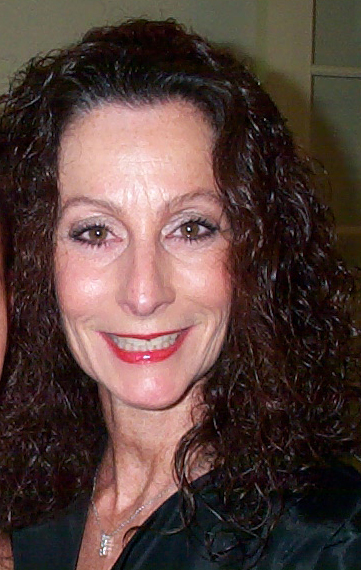Spiraling
Through the Guggenheim:
Exploring 20th Century
Masterpieces
Project URL:
http://teachersnetwork.org/teachnet-lab/is24/llangsner/guggenheim/
How it works:
Students experience original works of art through an online tour of
the Guggenheim Museum in New York City. They value and appreciate
the unique architecture of the building as well as develop an
understanding of its design and relationship to
Central Park. The architect Frank Lloyd
Wright and the building's history are researched and discussed. Students are introduced to Wright's spiral design that allows
visitors to walk on the gentle slope of a continuous ramp. They
analyze and evaluate this design from the perspective of a visitor to
the museum and note how this contrasts with other museums that have
interconnecting rooms. Students have the opportunity to visit the Guggenheim's permanent
collection online, in addition to participating in a teacher-created
slide presentation and follow-up discussion. Using teacher-led visual
literacy questioning strategies, students tap into their critical
thinking skills to spark interest and curiosity about selected
paintings in the museum and have their reactions move
from personal opinion to informed judgment. They focus on a single
painting of their choosing, which they interpret in acrylic paint on
canvas, and they lead a class discussion of their chosen painting. A classroom museum is set up for
the school community to see.
Standards addressed:
This unit fulfills the New York State Learning Standards for the Arts,
Language Arts, Social Studies, and Technology. Students actively engage in the processes that constitute creation in
the visual arts, are knowledgeable about and make use of the materials
and resources available for participation in the arts; respond
critically to a variety of works, connecting them to other works and to aspects of human endeavor and
thought; and develop an understanding of the personal and cultural
forces that shape artistic communication and how the arts in turn
shape the diverse cultures of past and present society. Students read, write, listen, and speak for information
and understanding, literary response and expression, and critical analysis
and evaluation. They use a variety of intellectual skills to demonstrate their
understanding of major ideas, eras, themes, developments, and turning
points in history, and of the geography of the interdependent world--local, national, and
global--including the distribution of people, places, and environments
over the Earth's surface, and they apply technological knowledge and skills to design,
construct, use, and evaluate products and systems to satisfy human and
environmental needs.
Materials
used:
A computer with Internet access is used, along with picture postcards
of Frank Lloyd
Wright, the Guggenheim Museum, and Central Park. Other necessary
materials include notebooks, pens, pencils, sketchpads, acrylic paint palettes, 9"
x 12" canvas boards, easels, water containers, brushes, paper, pencils, erasers, and a sampling of museum
reproductions of paintings. The CDs "A Walk in the Garden"
and "Jackson Pollock" can be played while the students are working.
The students:
Spiraling Through the Guggenheim was
created for an eighth grade major art talent class. However, it is
easily adaptable to all age groups: K-12, after-school classes,
community organization and senior citizen groups, and college-level
courses.
Overall value:
Through the use of technology and the Internet, students visit the
modern art collection at the Guggenheim Museum in New York City. They
explore www.guggenheim.org,
which allows access to a variety of artists and paintings.
Internet visits to their favorite artists' homes, galleries, and
museums provide valuable information on the lives and works of many
artists. This is a wonderful motivational tool for students to explore
the Web on their own and it enables them to design their own contemporary
paintings, following these modern masters.
Tips:
To arrange a class visit, receive slides, or attend workshops, contact the Guggenheim
(www.guggenheim.org)
or museum education department (Education@guggenheim.org).
The museum is located at Fifth Avenue and East 88th Street in New
York City.
|

About the teacher:
Lori Langsner is in her 25th year of teaching art to middle school
students in the New York City school system. She has always worked
with wonderful professionals who have encouraged her to follow her
passion for art. Her students have been very responsive to all that
she has brought to them, and the use of the Internet has provided them
the opportunity to visit artists in museums and galleries throughout
the world.
E-mail:
LoriArt00@aol.com
Subject areas:
Art
Language Arts
Technology
Grade levels:
K-12
|